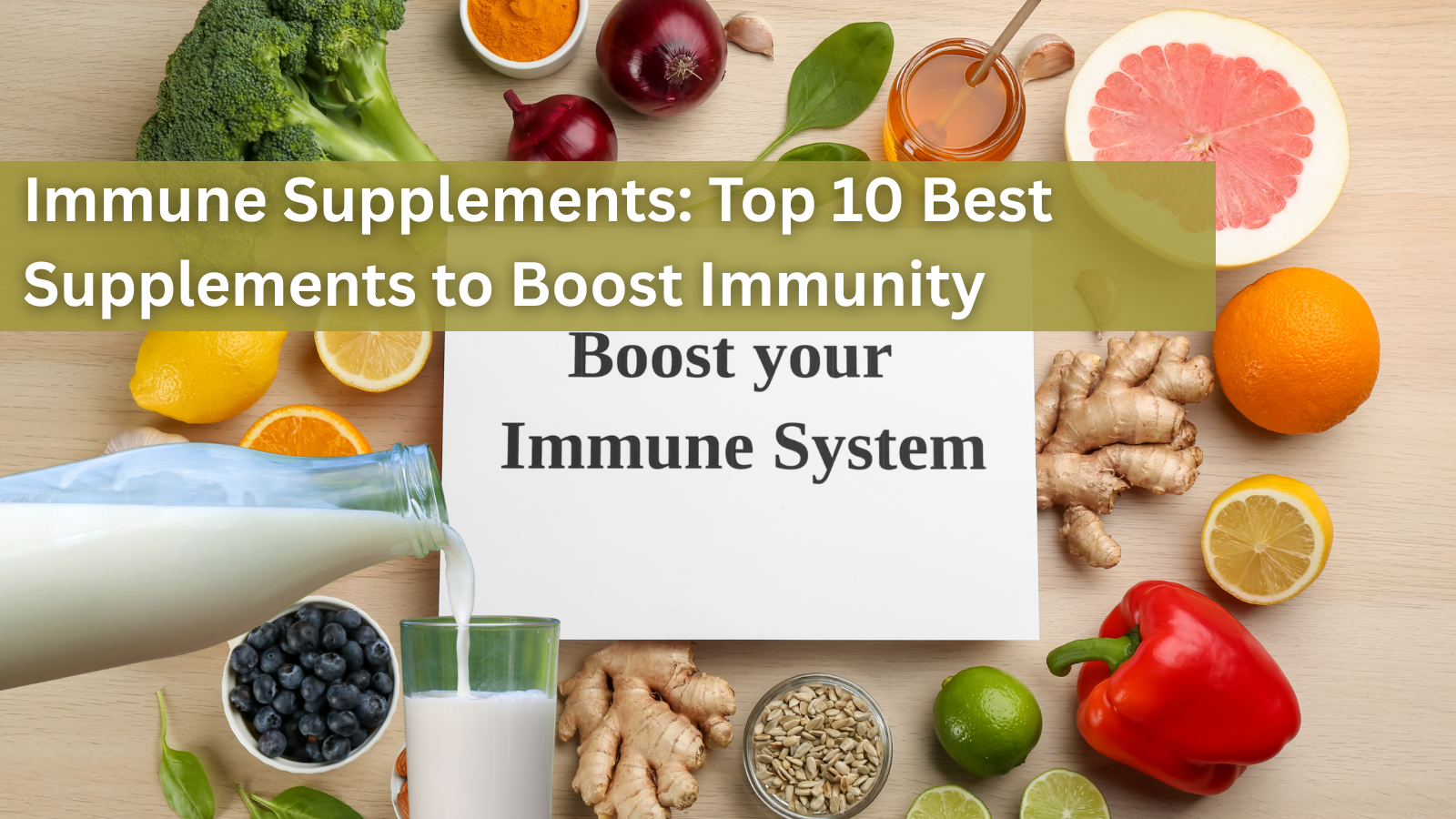Oropouche Virus Disease: Understanding the Low Statistical Risk and Natural Symptom Management

While any new viral threat deserves attention, the data reveals that Oropouche virus disease presents a remarkably low risk for serious complications or mortality in the general population.
The Statistical Reality: A Low-Risk Viral Infection
Recent surveillance data from the Americas provides reassuring context about Oropouche virus disease outcomes. Between January and September 2024, over 9,000 confirmed cases were reported across six countries, with only two deaths documented. This translates to a mortality rate of approximately 0.02% among confirmed cases—significantly lower than many common viral infections.
The Centers for Disease Control and Prevention notes that patients typically recover without long-term complications, even in severe cases. Most individuals experience a self-limiting illness characterized by fever, headache, muscle pain, and sometimes nausea—symptoms that resolve within a week without specific treatment.
While concerns have emerged about potential pregnancy complications, these represent isolated cases requiring further investigation rather than widespread patterns. The overall clinical picture remains one of a generally mild viral illness with excellent recovery rates.
The Body's Natural Response and Supportive Care
Like many viral infections, Oropouche virus disease primarily requires supportive care focused on symptom management while the immune system clears the infection. The most common symptoms—fever, headache, and muscle aches—can be effectively managed through both conventional and natural approaches.
Understanding that fever represents the body's natural defense mechanism against viral replication, many patients and healthcare providers are increasingly interested in gentle, natural methods to support recovery while allowing the immune system to function optimally.
Evidence-Based Natural Remedies: Three Key Studies
Recent scientific research has validated several natural remedies for managing viral fever symptoms, providing evidence-based options for symptom relief:
1. Elderberry (Sambucus nigra) - Antiviral and Anti-inflammatory Properties
A comprehensive study published in BMC Complementary Medicine and Therapies examined elderberry's effectiveness against viral respiratory infections. The research demonstrated that elderberry extract possesses dual benefits: direct antiviral activity and immune system modulation.
The study found that elderberry works by reducing pro-inflammatory cytokines while maintaining appropriate immune responses. In clinical trials, elderberry supplementation shortened the duration of viral illness and reduced symptom severity, particularly fever and body aches. The researchers noted that elderberry's ability to modulate rather than suppress immune function makes it particularly suitable for viral infections.
Laboratory studies confirmed elderberry's therapeutic index of 12 ± 1.3 against influenza infection, with stronger inhibition during the late stage of viral replication. This suggests elderberry may be particularly effective when taken during the symptomatic phase of viral illness.
2. Fresh Ginger (Zingiber officinale) - Antiviral and Fever-Reducing Effects
Research published in the Journal of Ethnopharmacology specifically examined fresh ginger's antiviral properties against respiratory viruses. The study demonstrated that ginger extract showed significant antiviral activity against human respiratory syncytial virus in human respiratory tract cell lines.
The research identified specific compounds in ginger—gingerols and zingerone—that actively inhibit viral replication. These same compounds contribute to ginger's well-documented fever-reducing properties through their anti-inflammatory mechanisms.
Clinical applications of the research suggest that fresh ginger tea or extract can help reduce fever naturally while supporting the body's antiviral defenses. The study noted that ginger's multi-target approach—simultaneously addressing viral replication and inflammatory responses—makes it particularly effective for managing viral fever symptoms.
3. Echinacea - Immune Modulation and Viral Inhibition
A study published in Pharmaceuticals examined Echinacea's effectiveness against respiratory viruses, revealing multiple mechanisms of action relevant to viral fever management. The research demonstrated that specific Echinacea extracts possess direct virucidal activity against several respiratory viruses while reversing pro-inflammatory responses in epithelial cells.
The study found that Echinacea works through three primary mechanisms: direct viral inhibition, immune system modulation, and anti-inflammatory effects. These combined actions result in reduced fever duration and intensity while supporting overall recovery.
Particularly relevant to viral fever management, the research showed that Echinacea helps maintain balanced immune responses—strong enough to clear viral infections but controlled enough to prevent excessive inflammatory reactions that contribute to prolonged fever and discomfort.
Practical Application and Safety Considerations
While these natural remedies show promising evidence for symptom management, they work best as part of a comprehensive approach to viral illness recovery. The research supports using these remedies alongside fundamental supportive care measures:
Hydration remains paramount, as fever increases fluid needs and proper hydration supports immune function. Rest allows the body to direct energy toward fighting infection, while nutrition with easily digestible foods provides necessary nutrients for recovery.
These natural remedies can be particularly valuable for individuals seeking alternatives to conventional fever reducers or those looking to support their body's natural healing processes. The research suggests these approaches work synergistically with the immune system rather than simply suppressing symptoms.
The Balanced Perspective
Oropouche virus disease represents an emerging health concern that merits appropriate public health attention and monitoring. However, the statistical evidence clearly shows that for the vast majority of individuals, this virus causes a mild, self-limiting illness with excellent recovery outcomes.
The documented mortality rate of 0.02% among confirmed cases places Oropouche virus disease in the category of low-risk viral infections. This perspective doesn't diminish the importance of prevention measures or appropriate medical care when needed, but it does provide reassurance about the generally favorable outcomes.
For individuals who do contract Oropouche virus disease, the combination of appropriate medical monitoring and evidence-based natural remedies can provide effective symptom management while supporting the body's natural recovery processes. The research on elderberry, ginger, and Echinacea demonstrates that natural approaches can play a valuable role in managing viral fever symptoms when used appropriately.
Conclusion
As we continue to monitor the Oropouche virus situation, maintaining perspective on the actual statistical risks while staying informed about effective management strategies serves both individual and public health interests. The evidence shows that this virus, while deserving of attention, presents a low risk for serious complications in the general population.
The growing body of research supporting natural remedies for viral fever symptoms provides additional tools for symptom management, offering hope for more personalized and holistic approaches to viral illness recovery. As always, these approaches work best when combined with appropriate medical care and public health measures to prevent transmission.
Understanding both the statistical reality of Oropouche virus disease and the evidence-based options for natural symptom management empowers individuals to make informed decisions about their health while maintaining appropriate perspective on emerging infectious disease threats.

September 27, 2025
Immune Supplements: Top 10 Best Supplements to Boost Immunity
Are you looking for effective ways to enhance your body’s natural defense? Immune supplements have become popular choices to support the immune system booster function, especially in times of increased illness risk. With so many products...
Read more
September 27, 2025
Cell Phone and WiFi Safety: How to Prevent and Treat EMF Damage and Electrosensitivity
Electrohypersensitivity (EHS), often called electrosensitivity, has been a polarizing and increasingly relevant issue over the past decade and a half. Since the number of people identifying with these symptoms continues to grow exponent...
Read more
September 27, 2025
Raw Carrots: Nature’s Antibacterial & Antiseptic Food
For most of us, carrots are simply a crunchy snack or a source of vitamin A. But according to researcher Ray Peat, PhD, raw carrots offer something more unusual: they act as a kind of natural antiseptic inside the gut, helping to contro...
Read more




Leave a comment